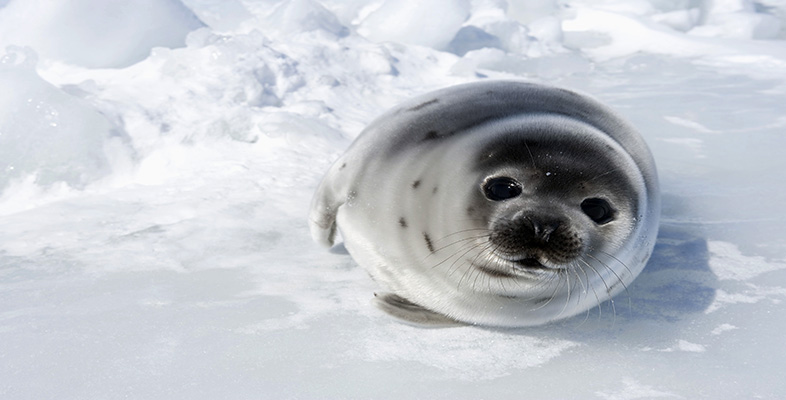4.3.1 Summary of Section 4
Many polar mammals and birds are obese because their food supply is highly seasonal or erratic. In large species, proportionately more adipose tissue accumulates in the superficial depots and less in the internal depots in tropical, temperate-zone and polar animals. There is evidence for redistribution of adipose tissue as an adaptation to thermal insulation only in pinnipeds and smaller cetaceans. Unlike fur, adipose tissue is incompressible: its effectiveness as insulation depends upon rapid, efficient control of blood perfusion through it and the skin. Humans are basically tropical and have colonized arctic regions only very recently in evolutionary terms, so they have minimal anatomical and physiological adaptations to the environment and are capable of only limited acclimatization.
